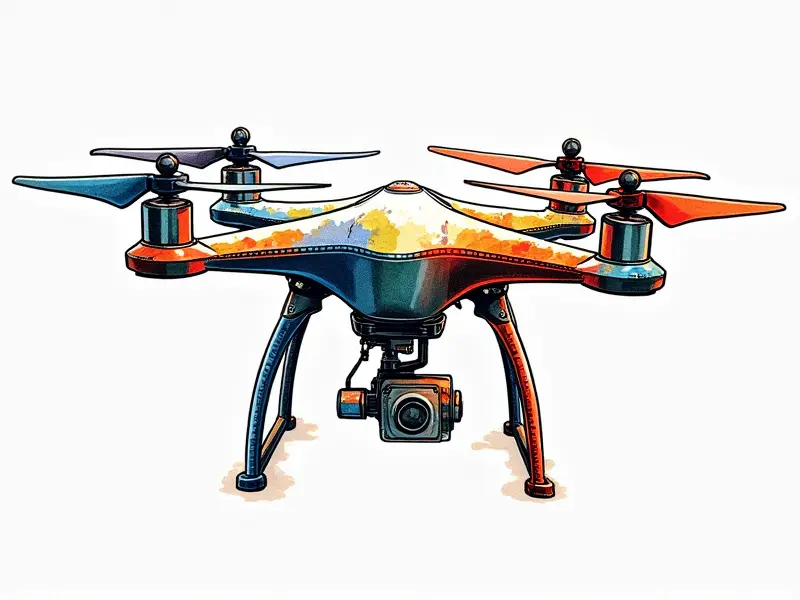Can drones fly indoors?

The world of drones has expanded beyond outdoor adventures, with many enthusiasts and professionals wondering about the feasibility of flying drones indoors. This article delves into whether indoor drone flights are a reality or just an aspiration.
Are Indoor Drones the Future?
The concept of indoor drones is gaining traction as technology advances, offering new possibilities for surveillance, entertainment, and even racing. The future of drones may well include more versatile models designed to operate effectively in confined spaces.
Best Drones for Indoor Use
- Hobby Zone Blade Nano QX 2.0: This small quadcopter is ideal for indoor flying, offering a compact size and easy maneuverability.
- DJI Tello: Known for its user-friendly interface and compatibility with various apps, the DJI Tello is perfect for beginners who want to explore indoor drone flights.
Indoor Drone Regulations and Safety
Flying drones indoors requires adherence to certain regulations and safety guidelines. While there are fewer formal rules compared to outdoor flying, it's crucial to ensure that the space is safe and free from obstacles. Always inform others about your intentions before starting an indoor flight.
Tips for Flying Drones Indoors
- Choose the Right Space: Opt for large rooms with high ceilings, such as gyms or warehouses, to minimize collision risks.
- Practice Slow and Steady Movements: Indoor drone flight requires precise control. Start by practicing slow movements until you gain confidence.
Can RC Quadcopters Fly in Small Spaces?
Yes, many RC quadcopters are designed to fly in small spaces due to their compact size and maneuverability. However, it's essential to choose a model specifically built for indoor use, as not all drones can handle the unique challenges of confined environments.
The Challenges of Indoor Drone Flight
- Obstacle Avoidance: Indoors, there are numerous obstacles that could cause your drone to crash. Make sure to navigate carefully around furniture and other objects.
- Airflow Issues: Drafts or air conditioning can affect the stability of indoor drones, requiring adjustments in flight settings.
Secrets to Smooth Indoor Drone Flights
- Lightweight Construction: Opt for drones made with lightweight materials that enhance maneuverability and reduce the risk of damage upon impact.
- Sensor Technology: Utilize drones equipped with advanced sensors like obstacle avoidance systems to prevent crashes.
Indoor Drone Racing: Reality or Fiction?
While indoor drone racing is not yet mainstream, it's becoming a reality for enthusiasts who enjoy the thrill of competitive flying in confined spaces. Specialized drones designed for speed and agility are crucial for such events.
Exploring Indoor Drone Capabilities
The capabilities of indoor drones extend beyond just flying; they can be used for photography, videography, and even educational purposes. Their versatility makes them valuable tools in various settings.
Legalities of Indoor Drone Operations
While there are fewer legal restrictions on indoor drone operations compared to outdoor flights, it's still important to check local regulations and ensure your activities comply with safety guidelines.
Flying Drones Indoors: Tips and Tricks
- Test Flight Setup: Before attempting any serious flight indoors, conduct a few test runs in an open area to familiarize yourself with the drone's controls.
- Maintain Battery Levels: Keep your batteries charged and monitor them closely during flights to avoid unexpected shutdowns.
Conclusion
Flying drones indoors is not only possible but also increasingly popular as technology evolves. From specialized models designed for small spaces to the potential for indoor racing, the future of drone flight looks promising in confined environments. By adhering to safety guidelines and utilizing advanced features like obstacle avoidance sensors, enthusiasts can enjoy smooth and safe indoor flights.

